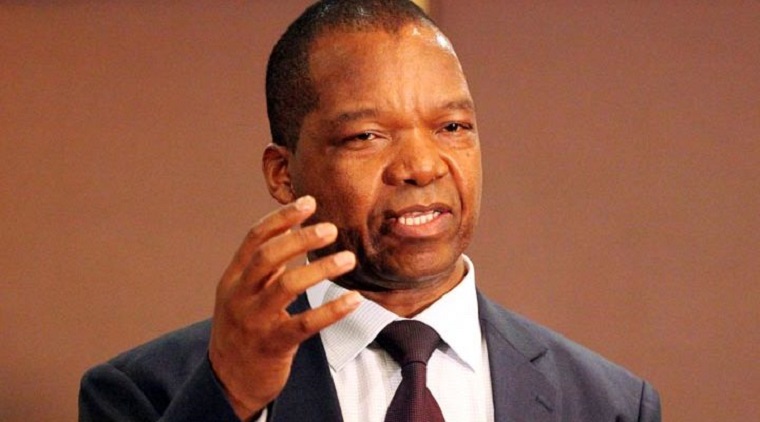 Zimbabwe today said it will initially print Z$400 million, which will be gradually introduced in circulation to fill gap left by end of dollarisation, and thus ease the current cash shortages.
Zimbabwe today said it will initially print Z$400 million, which will be gradually introduced in circulation to fill gap left by end of dollarisation, and thus ease the current cash shortages.
The country phased out the multicurrency system, which had been in operation since 2009, last Monday and made its local currency, currently in the form of RTGS dollars and bond notes, the sole legal tender.
Central Bank governor John Mangudya told a Parliamentary committee today that Zimbabwe had US$1.3 billion in foreign currency accounts and would allow individuals to withdraw cash in US dollars at the rate of a maximum of US$1 000 a day.
Most people feared that Zimbabwe would liquidate their foreign funds but Finance Minister Mthuli Ncube assured the nation that he would not do so.
People will, however, have to change their foreign currency into local currency to purchase goods within the country.
There are fears that the local currency could lose value and lead to hyperinflation now that the central bank is once again able to print money.
Mthuli Ncube has, however, so far demonstrated that the country is not likely to go that route as he has been running a budget surplus since the beginning of the year.
He has also made an undertaking with the International Monetary Fund to print only Z$400 million this year and no more.
While the nation was shocked by the abrupt phasing out of the local currency, the move is slowly getting people’s buy-in.
Prices are still, however, out of kilter with the current salaries.
One economist has warned businesses that they could close shop if they do not adjust their prices as people will simply not be able to afford them.
The phasing out of the multicurrency regime has also levelled the ground to some extent as prices of goods have also gone up in US dollar terms because the black market rate has plunged since the ban on the use of foreign currency to buy goods locally.
(234 VIEWS)


